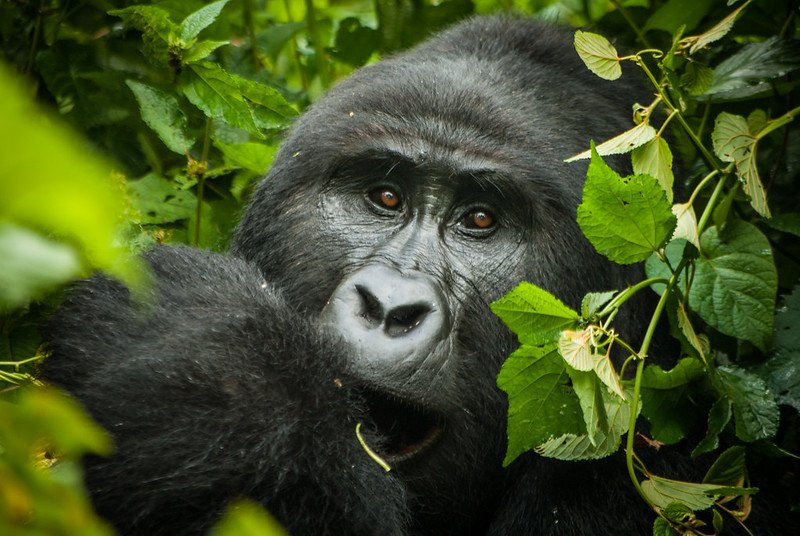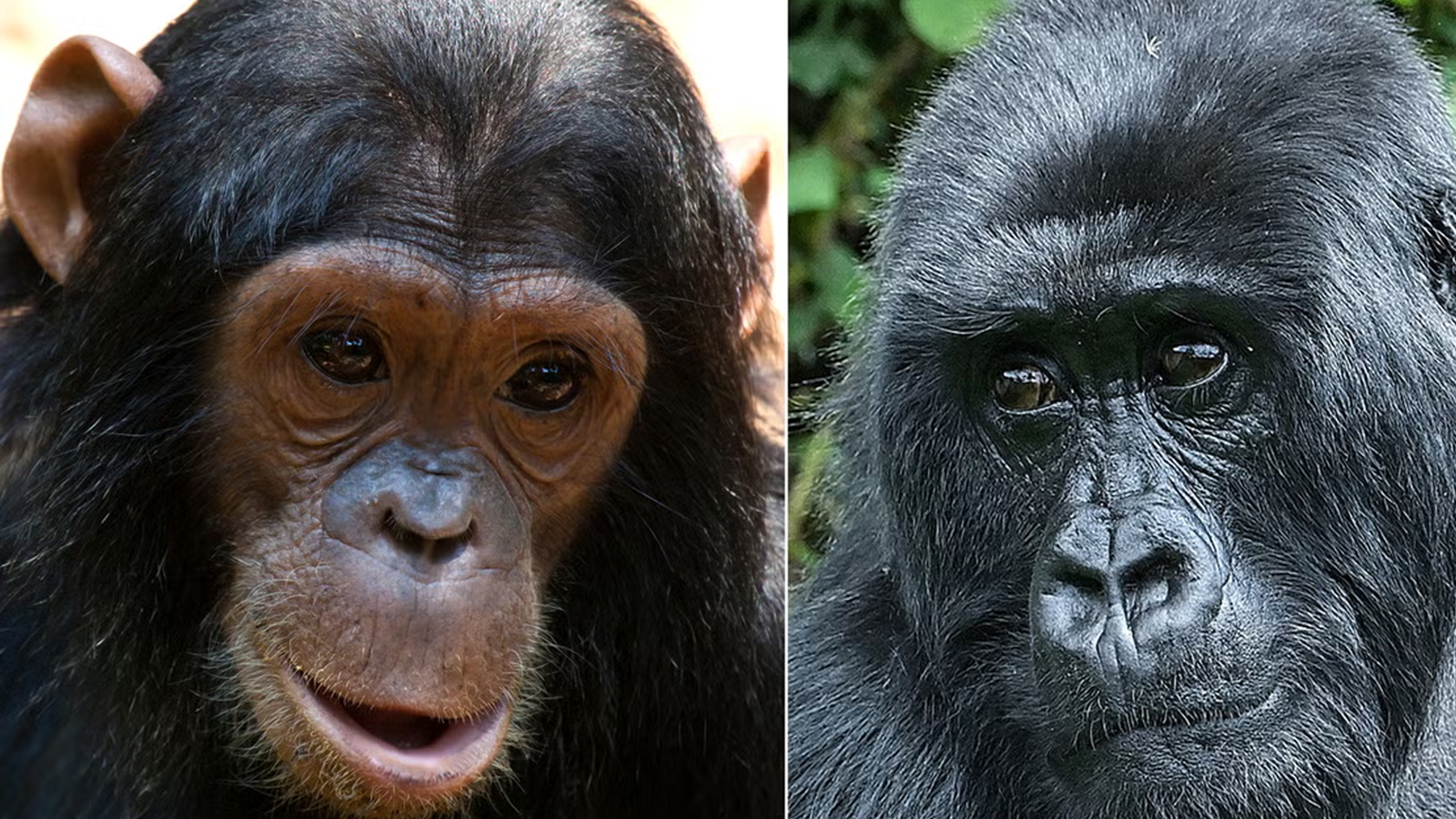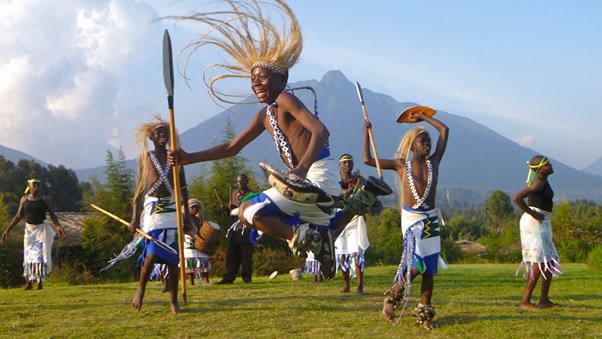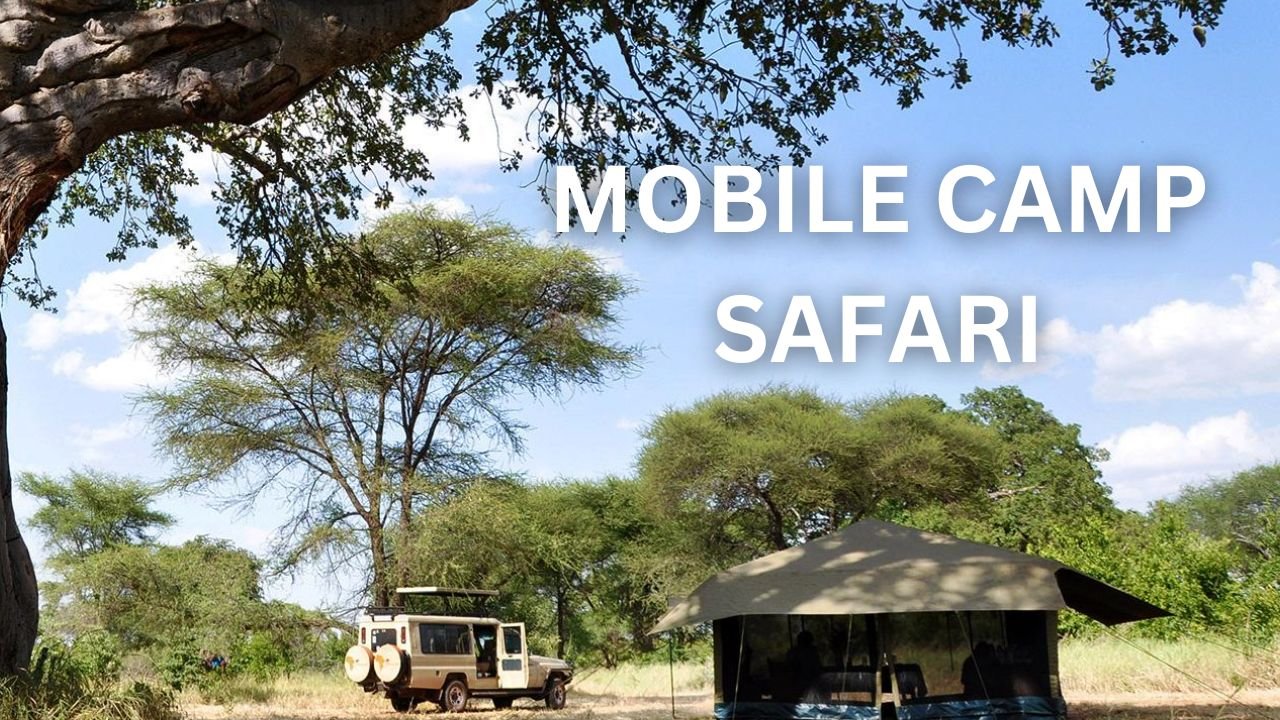
Mountain Gorillas: Bwindi National Park Unique Eco System
Mountain gorillas (Gorilla beringei beringei) are a subspecies of the eastern gorilla and one of the two surviving species of gorillas, the other being the western gorilla. They are highly endangered and inhabit only a few isolated forested areas in central Africa. Bwindi Impenetrable National Park in Uganda is one of the key habitats for mountain gorillas. Here are some important facts about mountain gorillas:- Endangered Status: Mountain gorillas are listed as critically endangered by the International Union for Conservation of Nature (IUCN). Their population has been threatened by habitat loss, poaching, and human-wildlife conflict.
- Population Size: As of the last reliable count in 2021, there were estimated to be around 1,000 mountain gorillas left in the wild. Bwindi National Park is home to approximately half of this population, with the remaining individuals found in the Virunga Massif, shared between Uganda, Rwanda, and the Democratic Republic of Congo.
- Habitat: Mountain gorillas are primarily found in montane and subalpine forests at high elevations, usually ranging between 2,200 to 4,300 meters (7,200 to 14,100 feet) above sea level. They are adapted to living in cooler climates and are well-suited to the dense vegetation of their forest habitat.
- Social Structure: Mountain gorillas live in close-knit family groups led by a dominant silverback male. The group typically consists of several females and their offspring. Silverbacks are responsible for protecting the group from threats and play a crucial role in maintaining group cohesion.
- Diet: Mountain gorillas are primarily herbivores and have a diet that mainly consists of vegetation, such as leaves, stems, fruits, and shoots. They are known for their impressive strength, which helps them navigate through the dense forest and forage for food.
- Conservation Efforts: Due to their critically endangered status, conservation efforts for mountain gorillas have been ongoing for many years. These efforts include habitat protection, anti-poaching measures, and sustainable ecotourism practices to generate income for local communities and support gorilla conservation.
- Ecotourism: Mountain gorilla trekking has become a significant source of revenue for conservation efforts in countries like Uganda and Rwanda. Tourists who visit the gorillas contribute to conservation fees, which are used to fund protection measures and community development projects.
- Successful Conservation Stories: Despite their endangered status, the population of mountain gorillas has shown signs of recovery in recent years, largely due to conservation efforts and successful community involvement. The increase in their numbers is a testament to the positive impact of targeted conservation initiatives.
Biodiversity:
Apart from the mountain gorillas, Bwindi National Park supports an incredibly rich biodiversity. It provides a habitat for over 120 mammal species, including 11 primate species, such as chimpanzees, colobus monkeys, and baboons. Additionally, the park hosts more than 350 bird species and numerous species of butterflies, reptiles, and amphibians.Rare and Endangered Species:
The park is home to several rare and endangered species, such as the African forest elephant, African giant pangolin, and several primate species. It is a critical refuge for these species, helping to ensure their survival.Unique Flora:
Bwindi Impenetrable National Park is renowned for its unique and diverse flora. The park’s ancient rainforest, which has been in existence for over 25,000 years, harbors a rich array of plant species, including numerous endemics that can’t be found anywhere else in the world. Here are some characteristics of Bwindi’s unique flora:- Montane Rainforest: Bwindi is classified as a montane rainforest, which means it is situated at higher elevations, usually above 1,500 meters (4,900 feet) and characterized by consistent cloud cover and cooler temperatures. The unique climatic conditions in this habitat support the growth of distinct plant species that have adapted to the cool, misty environment.
- Diversity of Plant Species: Bwindi National Park boasts an incredible diversity of plant species, with estimates of over 1,000 tree species recorded within the park. This diversity is due to the varied altitudes, soil types, and microclimates found throughout the region.
- Endemic Plants: The ancient nature of the forest has allowed some plant species to evolve in isolation, leading to a high number of endemics. These are plants that are unique to a specific geographic area and can only be found within the confines of Bwindi and its immediate surroundings.
- Medicinal Plants: The flora of Bwindi is also of significant cultural importance to the local communities, including the Batwa pygmies. They have relied on the forest for generations, using various plants for medicinal purposes, food, and other traditional practices.
- Giant Lobelias: One iconic plant species found in Bwindi is the giant lobelia (Lobelia gibberoa). These unique plants are conspicuous in the higher-altitude regions of the park and add to the park’s mystique.
- Orchids: Bwindi is also known for its diverse collection of orchids, with many different species scattered throughout the forest. Orchids are an indicator of a healthy and well-preserved ecosystem.
- Tree Ferns: The forest floor in Bwindi is often covered with lush ferns, including the distinctive and visually captivating tree ferns (Cyathea species). These ferns contribute to the forest’s lush and enchanting ambiance.
- Importance of Flora for Wildlife: The plant diversity in Bwindi plays a crucial role in supporting the diverse array of wildlife found in the park. Many animals, including the mountain gorillas, rely on specific plant species for food and shelter.


